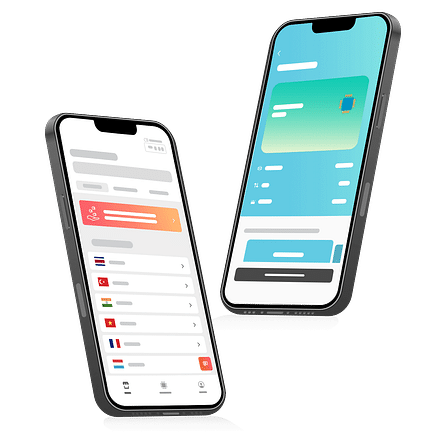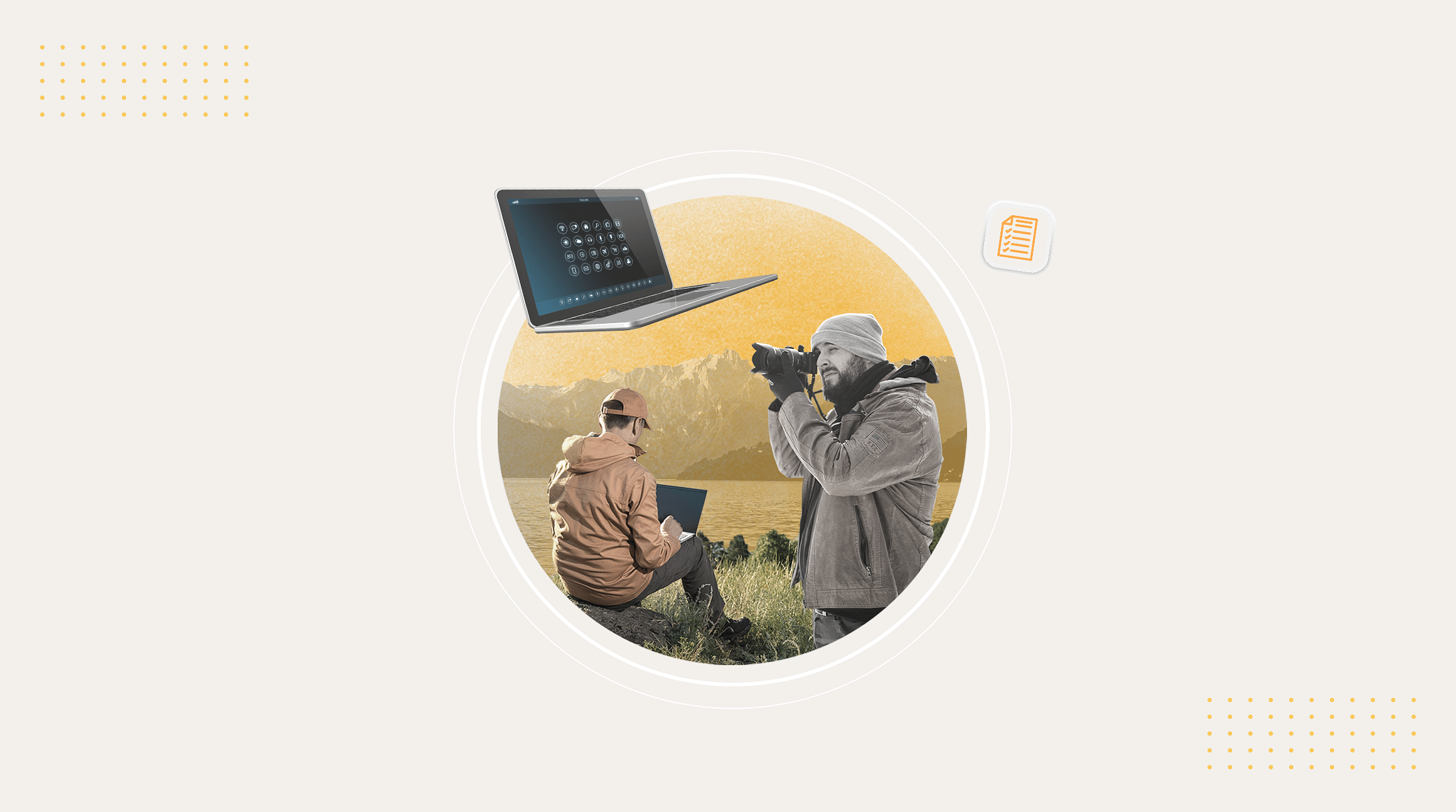
Table of Contents:
- Common Challenges of Getting Internet in Rural Areas
- Top High-Speed Internet Options for Rural and Off-Grid Living
- How to Choose the Right Internet Solution for Your Rural Setup
A few years ago, I booked a flight from Lima to Cusco that, thanks to a mix-up, was scheduled ten days earlier than the one my friends were on.
When I landed in Cusco—a city not exactly known for its strong internet infrastructure—I couldn’t get WhatsApp to load, and I didn’t have a local Peruvian number to fall back on. Trying to reach my friends or figure out how to get to our accommodation quickly became a bit of a mission.
I’ve spent a lot of time in the quiet corners of the world—coastal towns along Brazil’s southeastern São Paulo state, where cell service fades at the shoreline, and the vast open plains of Patagonia, where the stars easily outnumber people.
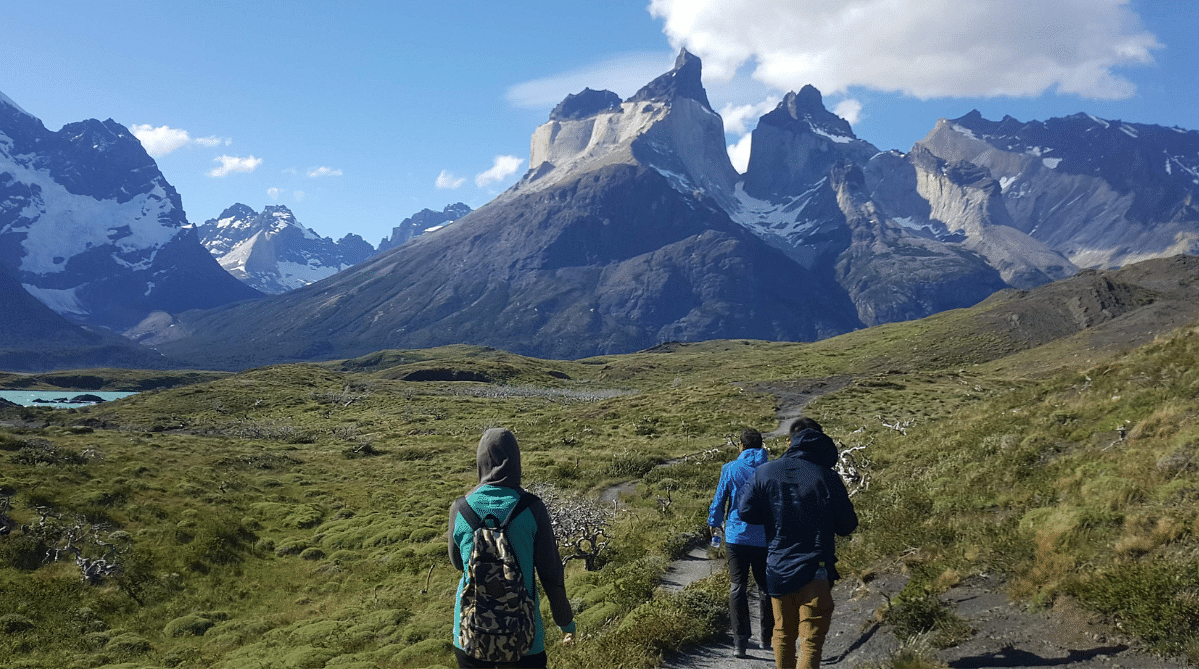
There was NO way anyone was getting internet access outside of El Calafate in Patagonia
And if there’s one thing I’ve learned, it’s that staying connected out there is both more possible and more essential than ever. Whether you're working remotely, managing a homestead, or just want to stream a movie under the stars, the right internet solution can make all the difference.
With the right mix of tools—like reliable eSIMs, portable hotspots, or low-orbit satellites—you can keep emails flowing and video calls running smoothly, even in the middle of nowhere.
This guide pulls together everything I’ve learned from the field to help you find the best high-speed internet options, no matter how far off the map you are.
Common Challenges of Getting Internet in Rural Areas
Limited Infrastructure & Coverage Gaps
If you’ve ever tried to get online from a mountainside cabin or a sleepy little village tucked away in the middle of nowhere, you already know how tough it can be. In these kinds of places, traditional infrastructure just doesn’t reach.
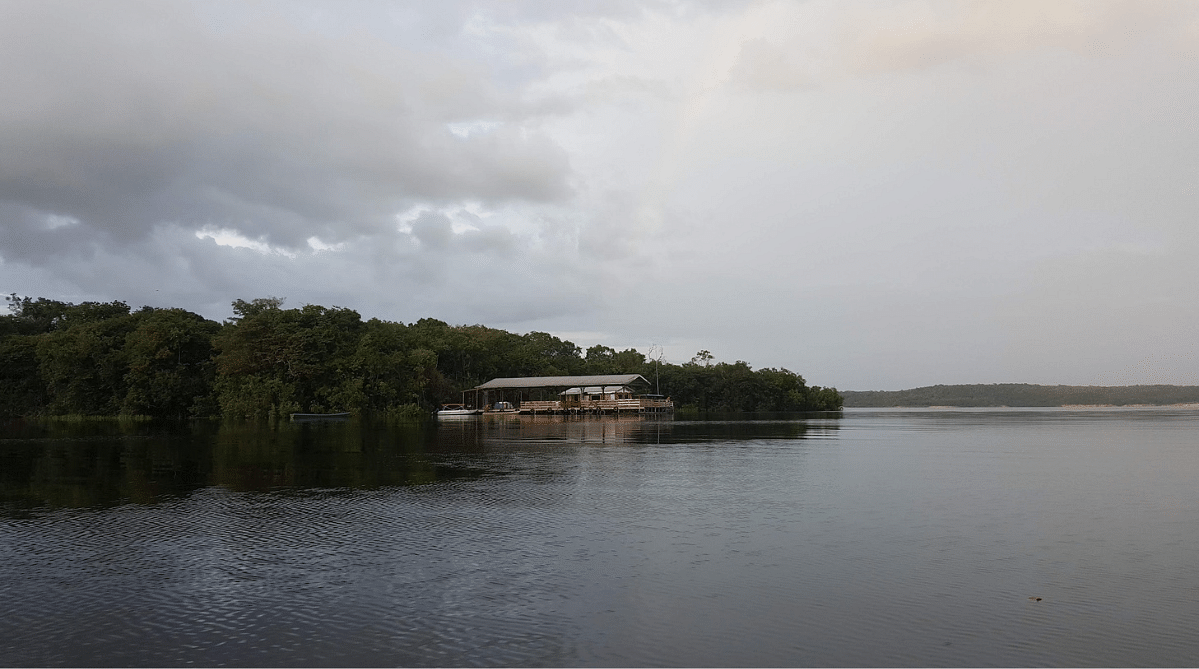
Imagine being able to get an internet connection in my cabin on Rio Negro in the Amazon. I couldn’t.
There’s no fiber optic cable running under the ground, sometimes not even a cell tower nearby to latch onto. I’ve been in spots where even loading a weather app felt like a luxury.
These coverage gaps don’t just slow things down—they cut people off from opportunities, education, remote jobs, and even emergency resources. When the internet isn’t accessible, it affects everything.
Distance from Providers and Service Hubs
One of the biggest surprises when you start spending time in remote areas is how physical distance still shapes digital access.
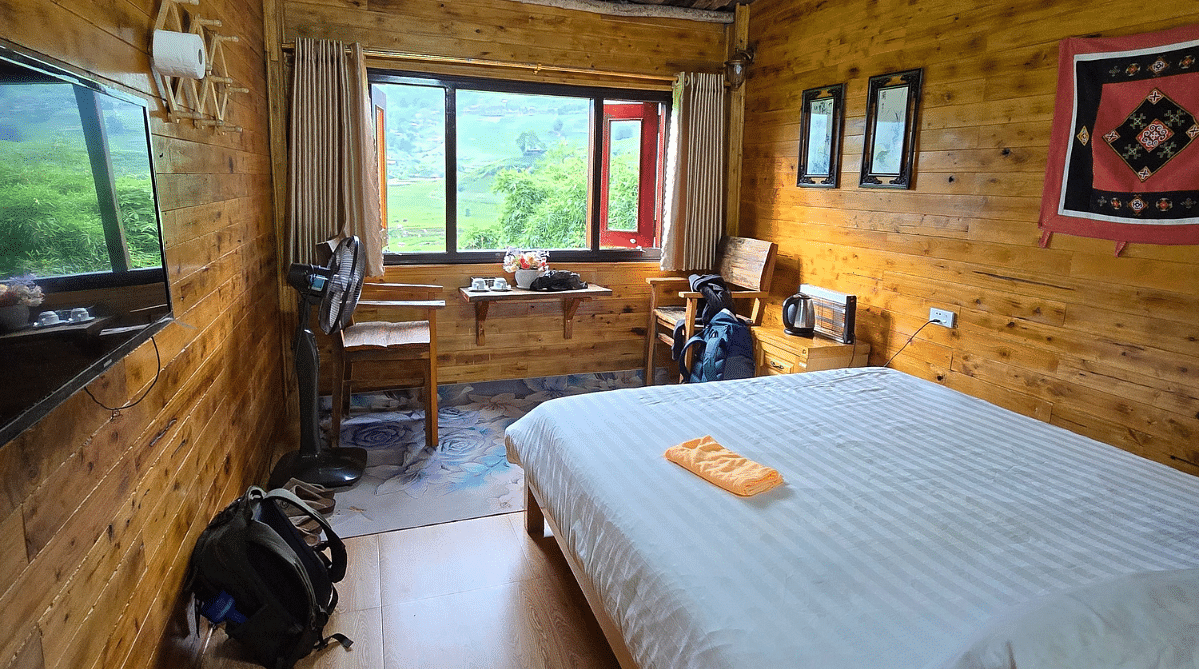
Sapa has pretty decent internet infrastructure. But my cabin was so far up the hills that even loading Instagram was a problem
Providers often stop building past specific points because it’s just not “worth it” to them. The further you are from their towers or service hubs, the weaker your connection, or you might not get any at all.
I’ve stayed in places where even basic email was a struggle, just because the signal had to travel too far through too many trees, hills, or weather patterns.
When connectivity hinges on how close you are to urban sprawl, rural folks are left waiting—sometimes forever—for a signal that may never reach them.
Top High-Speed Internet Options for Rural and Off-Grid Living
eSims - Reliably Connect Anytime, Anywhere
If you’re anything like me and have ever landed in a remote spot and scrambled to find a physical SIM card or reliable connection, you’ll get why eSIMs are such a game-changer.
These digital SIMs are embedded in your device, letting you activate mobile data plans without hunting down a physical card.
No fumbling at kiosks, no need to swap cards when you cross borders. Instead, with just a few taps, you’re connected.
eSIMs can tap into multiple networks, which is especially useful in rural or off-grid areas. Thus, you’re not locked into a single provider’s limited reach.
That flexibility is gold when you’re hiking through remote highlands or setting up camp in the backcountry and still need to stay connected.
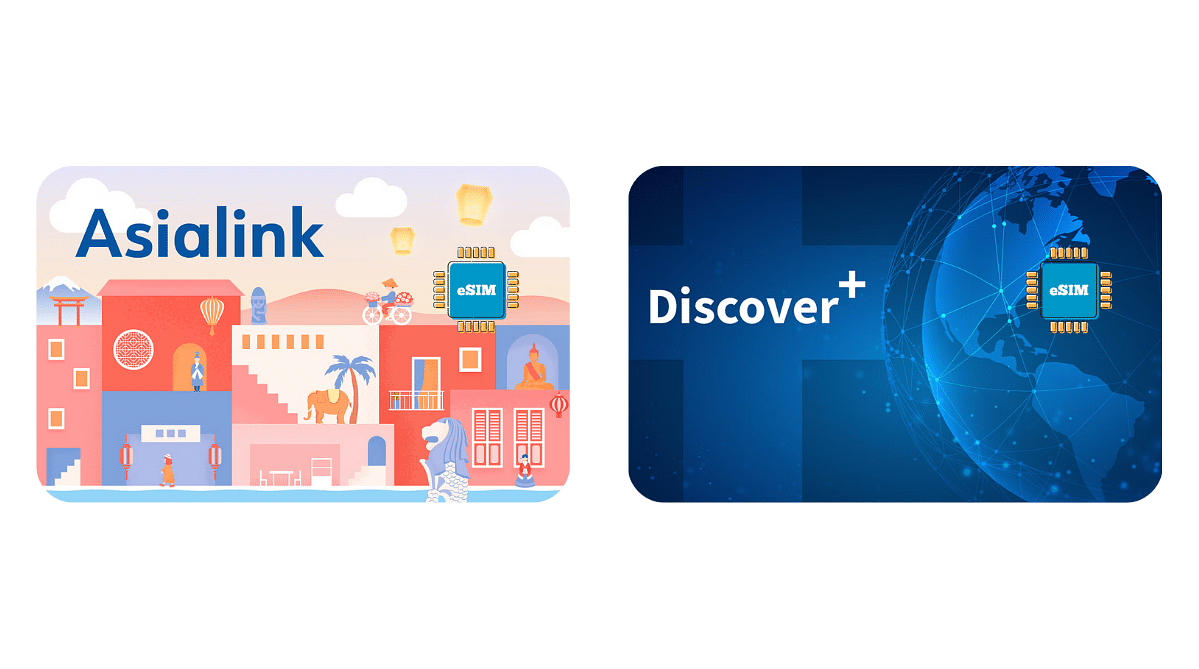
Airalo’s Asia eSim (left) and Global eSim (right)
Personally, I’ve relied on eSIMs in places where traditional SIMs didn’t stand a chance. You don’t have to deal with roaming charges or incompatible networks, which makes them way more efficient than hopping between physical SIMs or relying on patchy hotel Wi-Fi.
I often use Airalo, which offers regional and global eSim packages that are surprisingly affordable and tailored for travelers and digital nomads like me.
In places where infrastructure is minimal or nonexistent, eSIMs are often the most practical bridge to the digital world.
Portable WiFi – The Handy Travel Pocket Companion
Portable WiFi, sometimes called a pocket WiFi or mobile router, is a small device that creates a private wireless network by connecting to a cellular signal.

iStock
I’ve used them in rural areas where SIM cards were hard to come by, and they definitely do the job. You charge it up, pop in a SIM with a data plan, and suddenly your laptop, phone, and even tablet can all connect at once. It’s a helpful tool when traveling with others or staying online across multiple devices without tethering everything to your phone.
That said, while portable WiFi is convenient, I’ve found that eSIMs edge them out when it comes to flexibility and ease of use.
With a pocket WiFi, you still need to manage a separate device, keep it charged, and carry it everywhere. eSIMs, on the other hand, live directly in your phone or tablet and let you switch between data plans or networks with just a few taps.
When I’m moving frequently between rural zones or trying to grab a signal in a remote café or on a hike, I don’t want the hassle of extra gear. eSIMs just feel more streamlined, and for someone constantly on the move, that simplicity matters.
Fiber Optic – The Gold Standard (When Available)
Fiber optic internet feels almost unreal when you’re used to spotty rural connections.
It’s fast, stable, and handles everything from streaming to video calls with ease. I’ve occasionally found it in smaller rural communities, and the boost in speed is immediate, making remote work and multi-device households actually doable.
The challenge, of course, is availability.
Installing fiber is expensive, so it hasn’t reached many off-grid areas yet. But when local governments or providers make it happen, the impact is huge. If it’s in your area, it’s hands down the best option. If not, it’s still worth watching for future rollout.
Fixed Wireless – Fast and Affordable if You're in Range
Fixed wireless uses radio signals from a nearby tower to deliver internet straight to an antenna on your property. It skips the need for cables or digging and works well for video calls, streaming, and everyday tasks, making it ideal for rural spots where wired options fall short.
The catch is that you need a clear line-of-sight to the tower, so terrain and weather can affect performance.
Still, when it works, it’s reliable, affordable, and widely supported by local providers. It may not be flashy, but it’s often the most dependable choice in off-grid areas.
Satellite Internet – Traditional vs. Starlink (LEO vs GEO)
Traditional satellite services use geostationary satellites, which sit high above the Earth and beam signals down to large areas.
While that sounds great in theory, the reality has often been slower speeds and frustrating lag, especially during video calls or when trying to upload anything substantial. Add weather disruptions into the mix, and it becomes more of a backup option than a daily workhorse.

iStock
Then came Starlink, and for the first time, satellite internet started feeling viable for everyday use. It uses low-earth orbit satellites that sit much closer to the surface, which means faster speeds, lower latency, and generally smoother performance.
It’s still not perfect and definitely not the cheapest, but it's been a massive step forward for folks in places where there’s simply no other way to get online.
4G/5G Mobile Broadband – Portable and Growing in Speed
Mobile broadband has been a reliable go-to for staying online in rural areas where traditional connections fall short.
With a solid 4G signal and a mobile hotspot, I’ve handled everyday tasks like checking emails, using cloud apps, and streaming, all from a van or remote cabin. It’s portable, easy to set up, and works well as long as you’re near a cell tower.
While 5G is slowly reaching rural zones, coverage is still hit or miss.
This makes mobile broadband better suited for people living in these areas full-time rather than digital nomads or business travelers who need consistent, high-speed access everywhere. It’s not perfect, but for many rural residents, it’s one of the most accessible and practical options out there.
DSL – A Reliable Classic, but Slower
The Digital Subscriber Line (DSL) has a kind of charm. It’s one of those technologies that’s been around forever and just keeps chugging along, especially in places where nothing else reaches.
It runs over existing telephone lines, so setup is simple, and it doesn’t break the bank. It does the job for basic browsing, email, and even light streaming. DSL can feel like a comforting constant in a changing tech world if your needs are modest and your expectations are realistic.
But here’s the thing: DSL doesn’t scale well.
Speeds are heavily impacted by how far you are from the nearest exchange, and the performance can drop quickly if others in the area are online at the same time.
It’s not ideal for high-bandwidth work like video editing or live streaming. Still, DSL has earned its place in the lineup. In some rural zones, it’s the only wired option, and having any stable connection at all is better than none.
Internet over Power Lines (BPL) – Rare but Promising
When I first heard about broadband over power lines, or BPL, it sounded like sci-fi—using the same lines that power your home to deliver internet.
But it’s real and surprisingly practical, especially since power lines already reach places other infrastructure doesn’t. Just plug a modem into a regular outlet, and you’re online. While BPL hasn’t gained much traction yet due to technical challenges like signal interference, the concept holds solemn promise.
If it scales, anyone with electricity could have access to high-speed internet, making it a game-changer for rural areas.
TV White Space (TVWS) – A Tech Frontier for Remote Access
TV white space, or TVWS, uses the empty spectrum between TV channels to deliver broadband, making it great for rugged areas where cables or line-of-sight signals struggle.
Its low-frequency waves travel far and pass through trees and buildings with ease. It reuses old analog TV towers, turning forgotten infrastructure into rural internet hubs, making it even more promising.
While still developing and limited by regulations, TVWS has real potential to transform remote connectivity if given the right support.
Community and Municipal Broadband – Locally Driven Solutions
There’s something powerful about communities taking control of their internet access.
In small towns overlooked by big telecoms, I’ve seen locals team up with regional providers or governments to build their own broadband networks.
These co-ops or municipal systems often offer lower costs, better service, and infrastructure tailored to real community needs.
What makes these efforts so special isn’t just the improved speeds—it’s the sense of ownership and opportunity they create. From remote learning to running small businesses, local broadband empowers people to stay connected and thrive right where they are.\
How to Choose the Right Internet Solution for Your Rural Setup
💡Know Your Location: Terrain, Line-of-Sight & Tower Proximity
Whenever I settle into a new off-grid spot, the first thing I do is study the land. Hills, thick trees, and deep valleys can all block or weaken your signal, especially if you’re relying on fixed wireless or mobile broadband.
If there’s no clear line-of-sight to a nearby tower or you’re miles from the nearest infrastructure, your options narrow quickly.
I’ve learned that a stunning view often comes at the cost of connectivity, so choosing the right internet setup starts with understanding the topography and where your closest signal source actually is.
💡Define Your Needs: Casual Use vs. Streaming & Work-from-Home
There’s a huge difference between checking emails once a day and hosting back-to-back video calls while uploading files to cloud storage.
I’ve been in both scenarios, from remote cabins where I only needed the basics, to moving between regions as a digital nomad needing a stable line for client work and collaboration tools like Google Drive.
Your internet setup should match your lifestyle, not the other way around. That’s why I lean on eSIMs when I’m bouncing between locations.
They activate quickly, let me tap into multiple networks, and keep me productive without hunting for SIM cards or signing long-term contracts I’ll never use.
💡Data Caps, Latency, and Upload Speeds—What Really Matters?
Internet quality is about more than download speed.
High latency can ruin video calls, and slow upload speeds drag down file sharing and cloud backups. I’ve also hit data caps faster than expected, especially when streaming or working online all day. It’s always worth checking the fine print to see how a plan really holds up with daily use.
Staying Connected, Wherever You Call Home
After years of exploring remote villages and off-grid hideaways, I’ve learned that reliable internet access is possible—you just need the right fit.
Whether it’s fiber, fixed wireless, or satellite, each option has its place depending on where and how you live. But if you’re constantly moving or working remotely, nothing beats the simplicity and flexibility of an eSIM.
I’ve found Airalo eSims especially useful for staying connected without extra gear or SIM card hassles. No matter how far you roam, staying online is no longer a luxury—it’s a real, practical choice.

